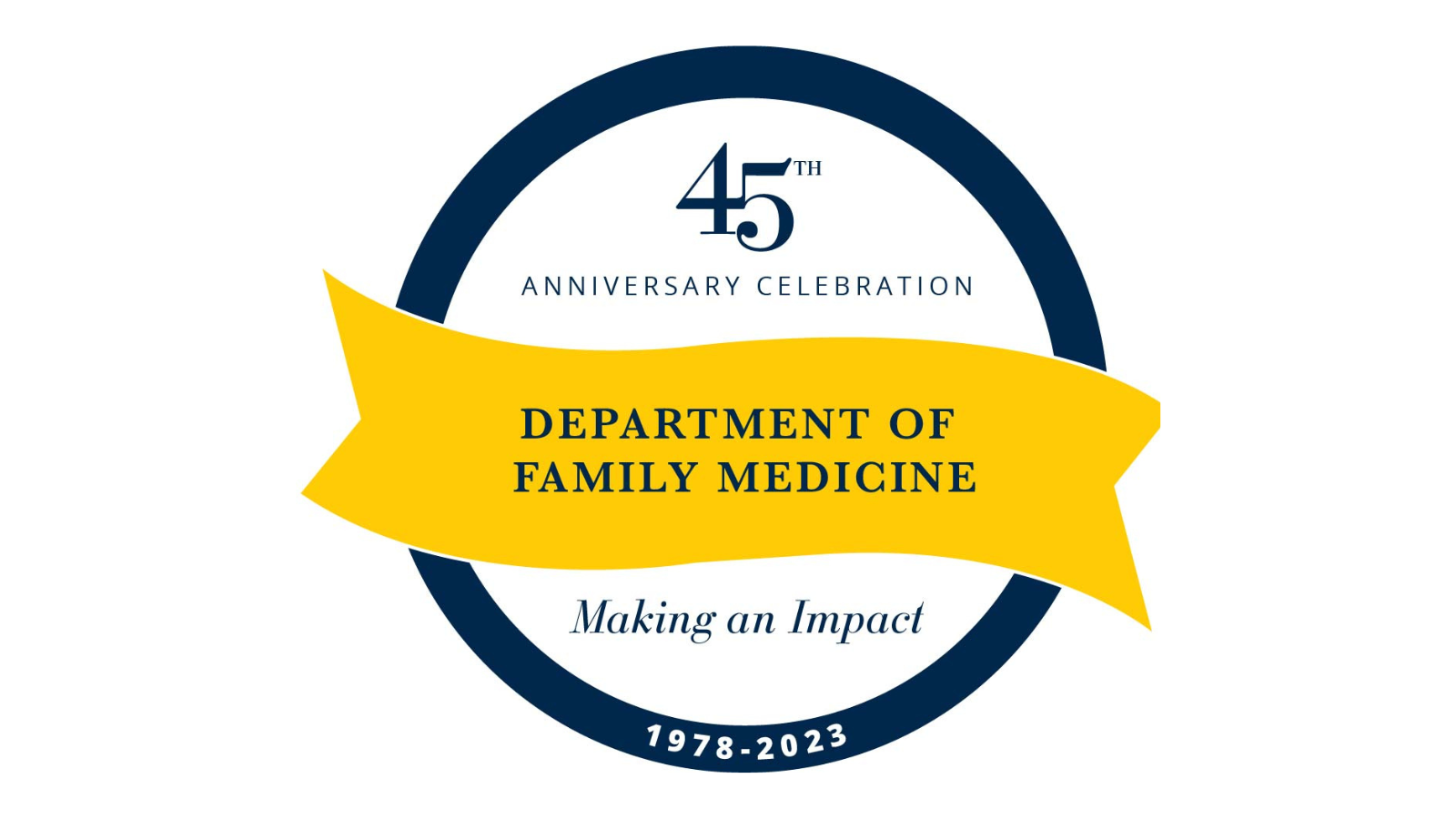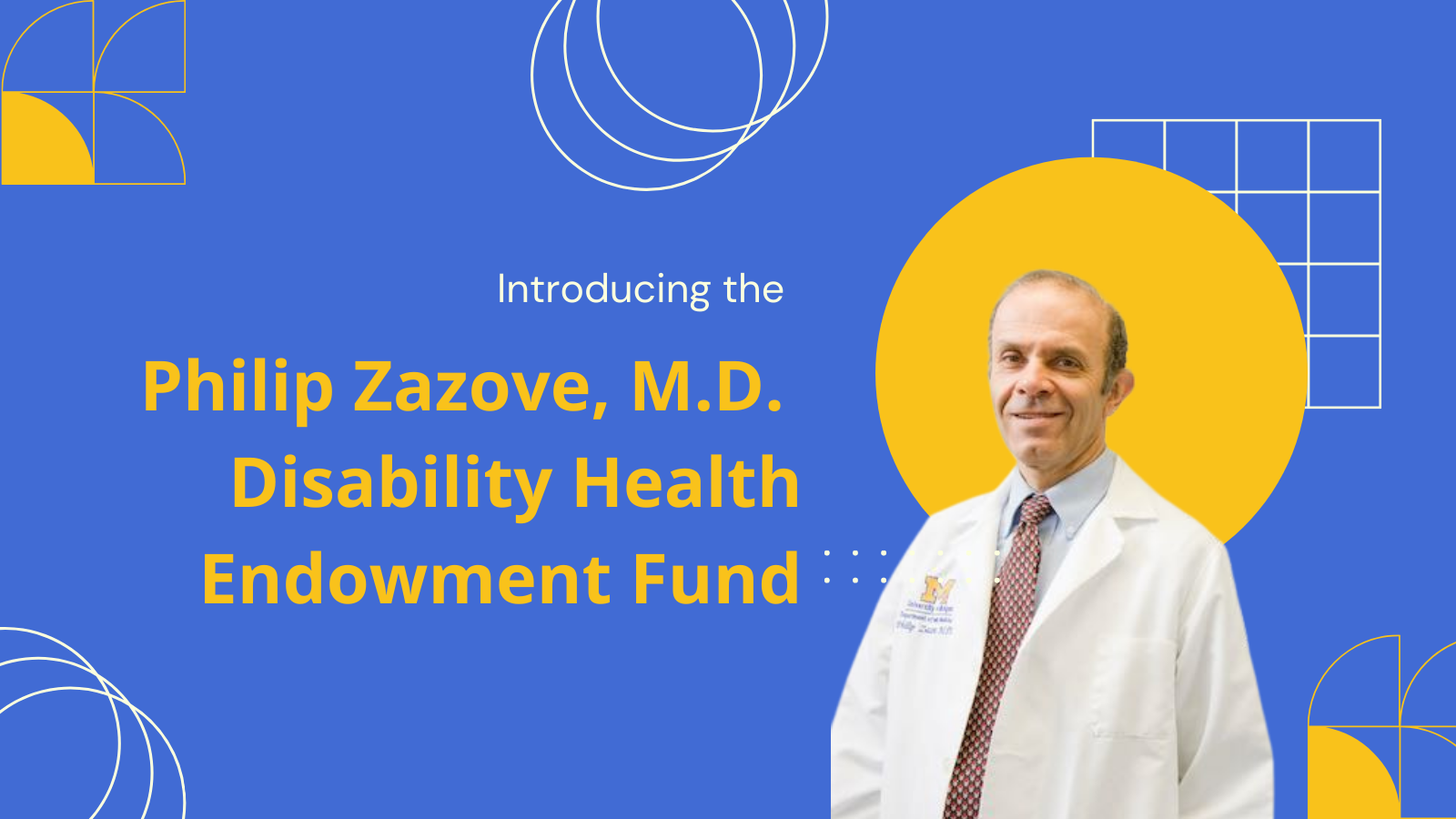For people living with type 1 diabetes (T1D), continuous glucose monitoring (CGM) devices are powerful tools to manage blood glucose levels more effectively. However, a new qualitative study, co-authored by researchers in the Departments of Family Medicine and Internal Medicine at the University of Michigan, has identified various challenges experienced by adults using these devices.
The study, which focuses on the care gaps in using CGMs to identify and manage potentially dangerous drops in sugar levels, provides important insights for physicians looking to help their patients better manage T1D.
U-M researchers, as well as colleagues from the Department of Diabetes at King’s College Hospital in London, conducted semi-structured interviews with 28 individuals with T1D who used CGMs. The authors found a substantial portion of these individuals relied on bodily symptoms such as fatigue, dizziness and confusion to alert them to low blood sugar levels rather than device notifications.
“If I know I’m feeling terrible and I know it’s because of a low, that’s the thing that’s most likely to prompt [me managing the low],” one respondent said. “I have good confidence in my CGM, but I definitely have more confidence in the feelings of my body.”
This biological change and impaired hypoglycemia awareness can lead to delayed interventions, as individuals may wait until they experience noticeable symptoms before acting. Other possible side effects of hypoglycemia include heart arrythmias, irritability, hunger, shaking and sweating. Ignoring low blood sugar for too long can lead to eventual cardiovascular problems and increased mortality.
Relying solely on symptoms can be problematic, as CGMs can detect changes in blood sugar levels before symptoms manifest. By recognizing and addressing these biological changes, those with T1D can learn to trust and act upon the data provided by CGMs, enabling earlier self-interventions and more proactive diabetes management.
Education and hypoglycemia awareness campaigns could play a significant role in highlighting the importance of integrating CGM data into self-care practices and dispelling misconceptions around relying solely on bodily symptoms, according to the researchers.
The researchers found additional barriers to hypoglycemia self-management. For example, while the CGM alarms serve as important reminders for diabetes management, they may trigger unwanted attention, particularly in public or intimate settings. Some individuals shared experiences of unwanted attention and questions, criticism, as well as social stigma.
“Any time you’re mentioning a low or high blood sugar, they think, like, ‘She doesn’t take care of herself.’ So there’s always some type of judgement that you feel from other people,” a participant responded. “So a lot of times [when the CGM goes off], I do tend to hide it.”
Interviewed participants also emphasized the social discomfort they experienced when CGM alerts went off in public or work settings or in busy moments where they couldn’t easily administer glucose.
“People kind of whip into a panic around you when things happen too,” said one participant. “And then it makes it so much more a scene. I just get embarrassed because I don’t want to be causing a scene.”
Another area of concern is “thinking traps” that get in the way of treatment. For example, some participants described their dislike for meals to be interrupted by having to eat treatment foods or aversions to the treatment foods themselves. Some participants worried that if they consumed treatment foods, like honey, soda, or orange juice, they would increase their sugar levels too much and cause them to jump into the hyperglycemic range. These attitudes sometimes become a barrier to hypoglycemia treatment.
Continuous glucose monitoring devices are valuable tools to help manage hypoglycemic symptoms that may become life-threatening. However, as their usage continues to expand, the researchers note it’s important to recognize and address the challenges the devices present beyond diabetes management.
To address these challenges, researchers recommend that additional studies explore the impact of these devices on individuals' lives.
“Hypoglycemia awareness training, psychoeducation, and multilevel interventions could help address behavioral and social barriers while enhancing facilitators to hypoglycemia self-management in advanced diabetes technology users,” the authors conclude.
ALSO READ: Hypoglycemia Beliefs May Impact Outcomes in People with Type 1 Diabetes
Article cited: Lin, Y. K., Agni, A., Chuisano, S., de Zoysa, N., Fetters, M., Amiel, S. A., Pop-Busui, R., &; DeJonckheere, M. (2023). ‘You have to use everything and come to some equilibrium’: A qualitative study on hypoglycemia self-management in users of continuous glucose monitor with diverse hypoglycemia experiences. BMJ Open Diabetes Research & Care, 11(3). https://doi.org/10.1136/bmjdrc-2023-003415



